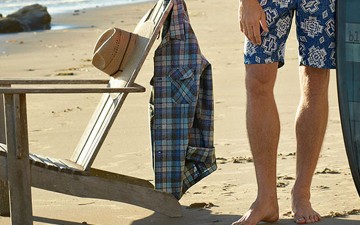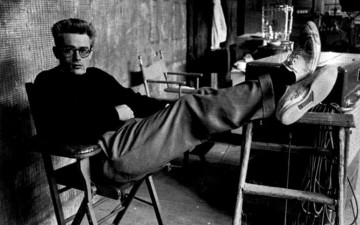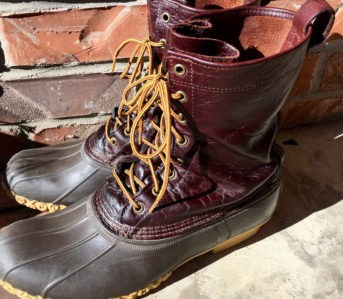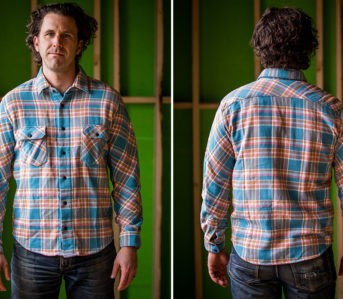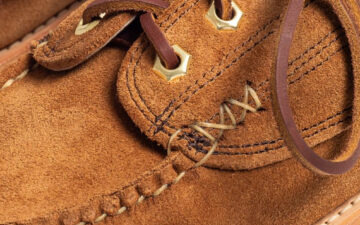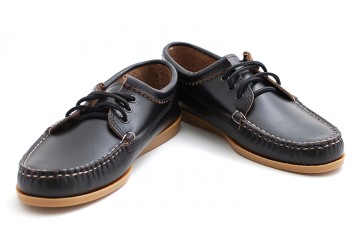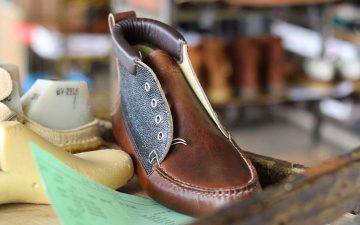It’s said that before you can judge someone, you must first “walk a mile in their moccasins.” A quaint adage, to be sure. Too quaint, the cynical historian might say, to actually have originated from a Native American source. In fact, the cynic would in this case be correct, the proverb actually originates from an 1895 poem by the white poet and suffragist, Mary T. Lathrap.
The history of the moccasin is a little bit like the above “proverb,” oversimplified and anglicized. Even the word itself, “moccasin,” doesn’t do justice to the incredibly varied versions of this pragmatic piece of footwear. We shall chart the history from this shoe’s heyday as the durable and adaptable choice of tribes all across North America, to its substantially less-popular present, now worn mostly as slippers and specialty repro items.
The Word
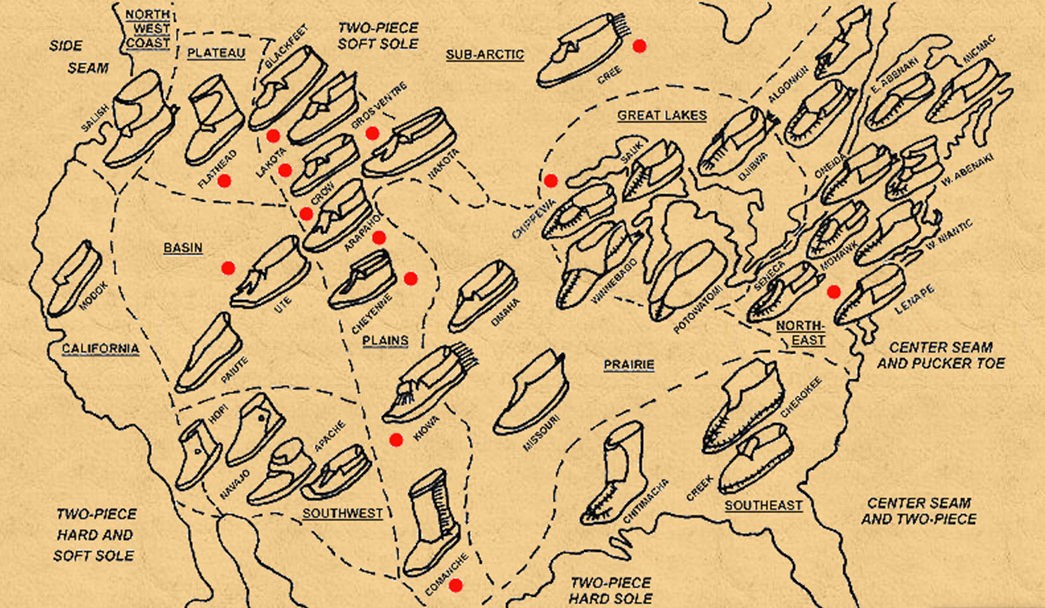
A map of Native footwear. Image via Native Tech.
The word moccasin comes from the Algonquian language Powhatan and has since been generalized to mean any kind of Native Indian sewn footwear. The word stuck simply because this tribe was the first to have contact with white settlers. It is now applied to just about any shoe that has an indigenous wearer or design. So the word moccasin, is itself, a gross generalization.
But as you can see in the above graphic, almost every tribe had their own take on the Algonquin moccasin. Subtle differences like seams and soles differentiated one tribe from another. In fact, one could often identify a fellow tribesman by their footwear. The Blackfoot and Chippewa nations were even named for their particular style of “moccasin.”
History… Sort Of
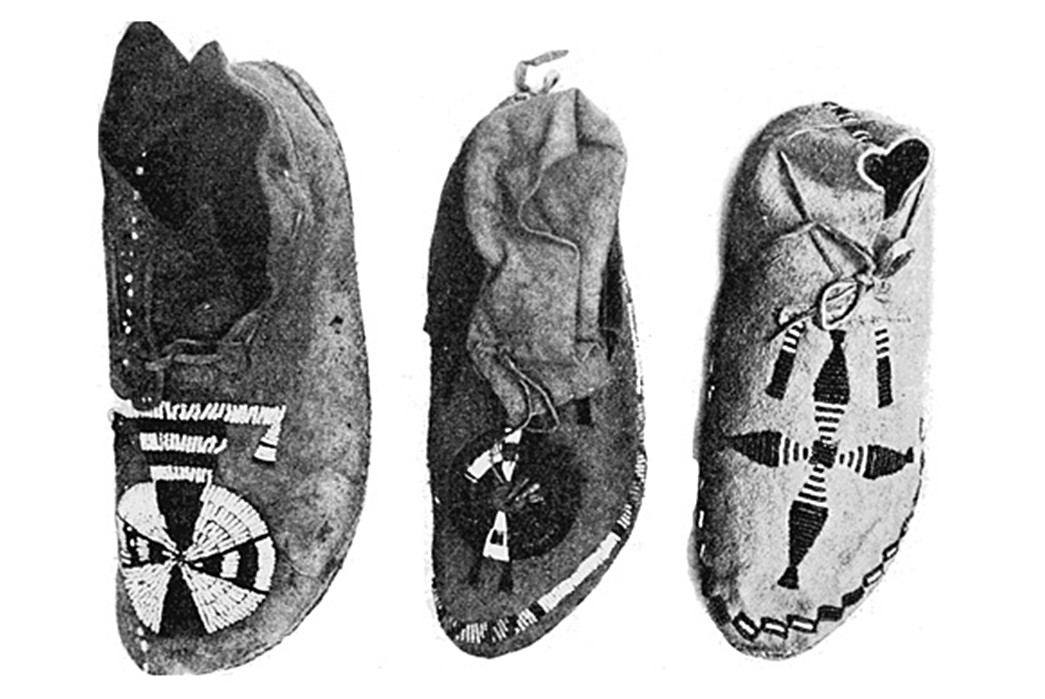
Moccasins. Image via flexi.shoes.
Although nothing about fashion history is especially linear, many of the histories we write on Heddels have their origins in Europe. Not so here. And as might have been gathered from the initial oversimplification that made “moccasin” the stand-in for any kind of native footwear, European colonists were not especially interested in indigenous clothing. The simplicity of native footwear, however, belies its usefulness.
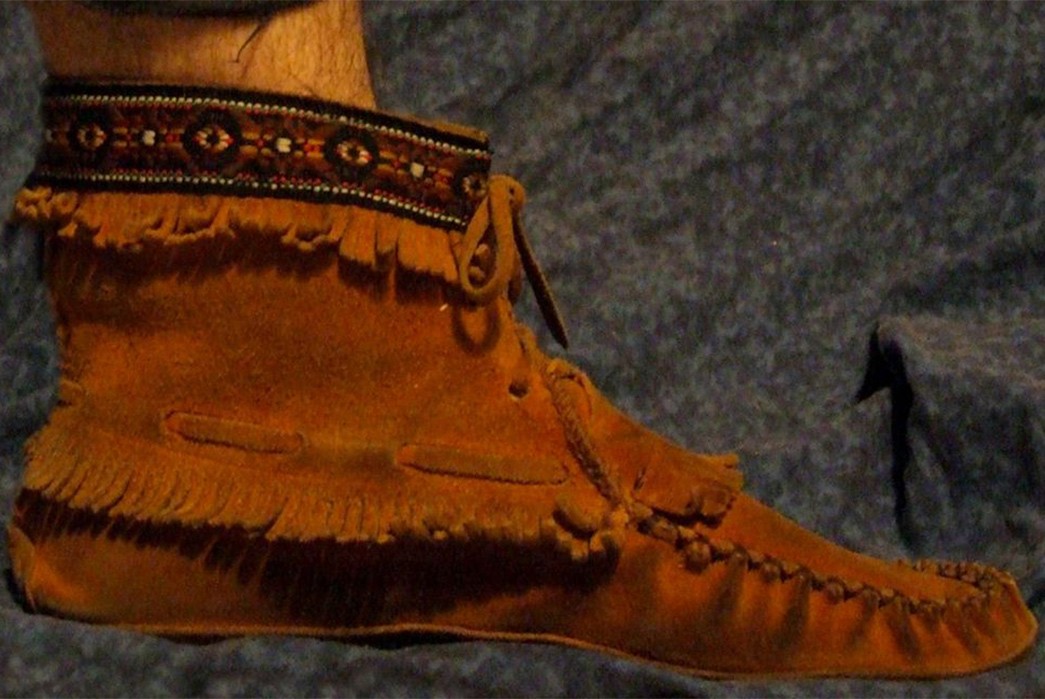
Moccasin. Image via Wikipedia.
With the exception of the most extreme climates, most Native American tribes wore something resembling the above image. They were hand-sewn, usually from a deer-hide, but the signature detail of the original North-Eastern moccasin was the gathered toe. The puckered U-shape above the toe was the detail that marked a true moccasin and now features most prominently in modern footwear generically marketed as “moccasins.”
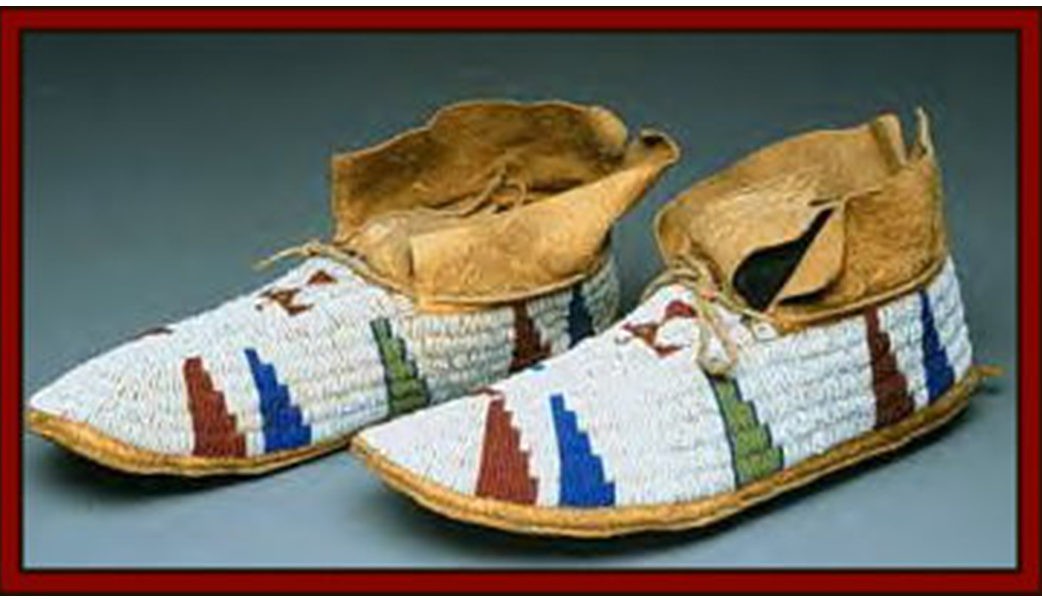
Hard-soled Moccasin. Image via Snow Owl.
But harsher environments called for different designs. Tribes from the deserts and plains often wore hard-soled moccasins, made from a soft leather upper sewn to a heavy-duty piece of rawhide below. A signature of the Apache hard-soled footwear was a turned-up toe, which guarded the seams from rocks and other hazards.
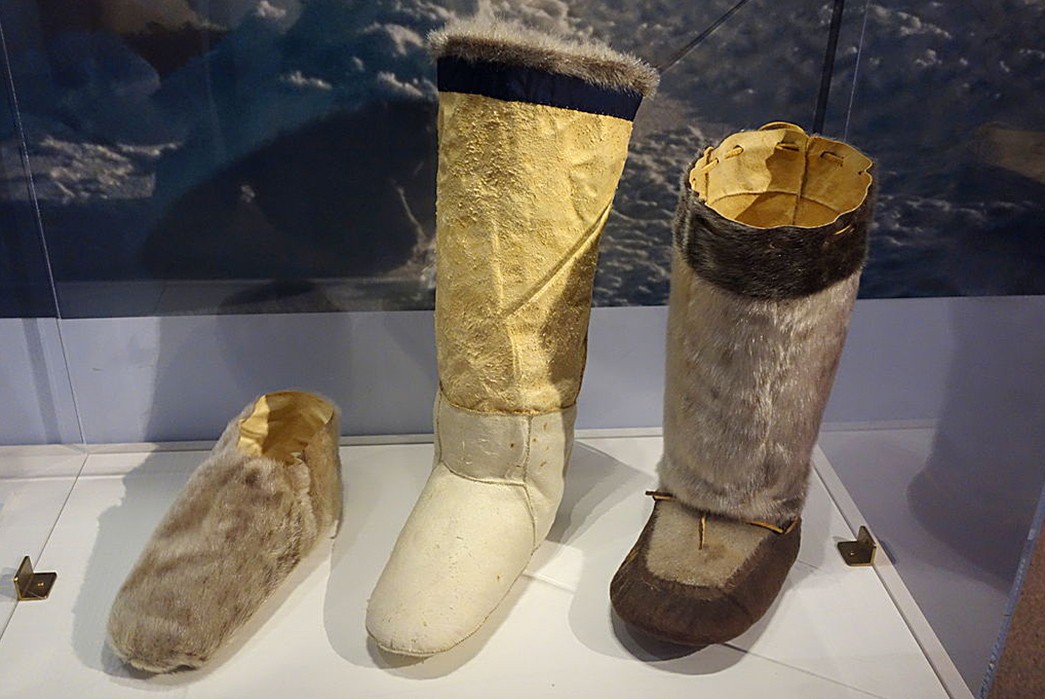
Three-part mukluk boot. Left-to-right, outer, mid, and inner layers. Image via Bata shoe museum.
At the other extreme, there was the Inuit Mukluk, a heavy-duty boot for direly cold climates. Much like the moccasin, the mukluk has come to mean any heavy fur-lined, vaguely Ugg-shaped boot. But the aboriginal peoples of the arctic have the distinction of designing these intense feet-warmers. The above is one boot, broken into three parts. You would first put your foot into the far-right boot, then add the middle part over that, and top it all off with the fur outer-shoe.
Moccasin for the Modern Era
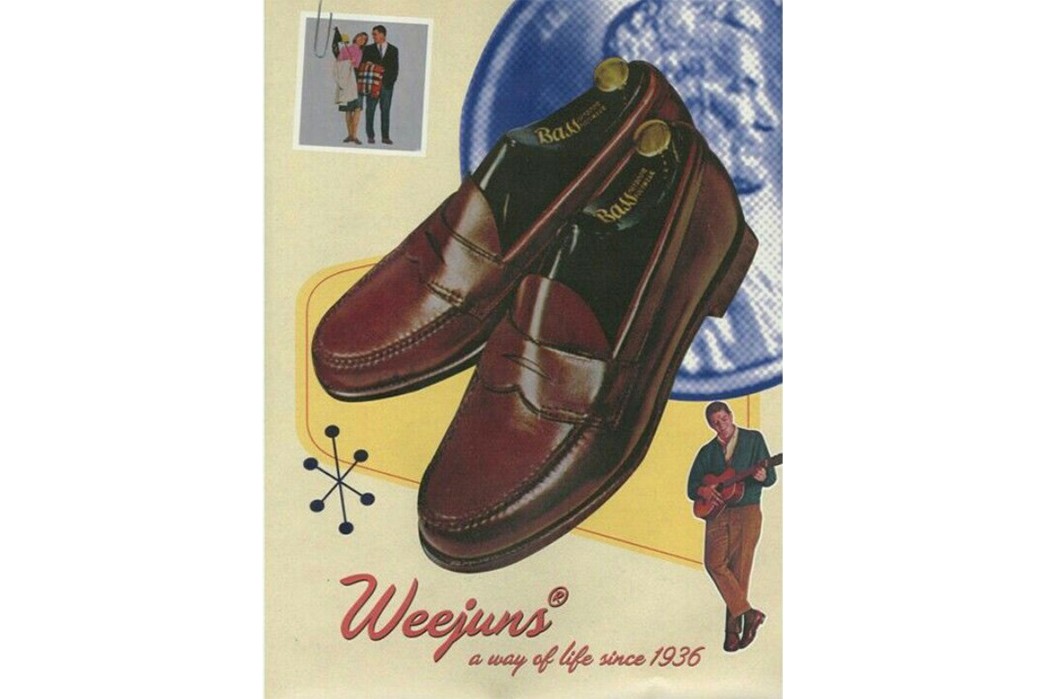
Weejuns. Image via Pinterest.
In 1936, G.H. Bass’s Weejun shoe took America by storm. With its puckered toe and slip-on comfort, the shoe resembled the most classic of the indigenous American footwear pieces. Even the name, Weejun, sounded like a hitherto unknown American tribe. Not so. The name was short for “Norwegian” and framed itself as reviving a forgotten Scandinavian footwear history.
But upon further inspection, the “Tese Shoe” that had been worn in Norway since the early 1800s had actually been based on a classic Iroquois design. So despite the fact that G.H. Bass tried to distance their product from its indigenous origins, the modern penny loafer was clearly based on American Indian footwear.
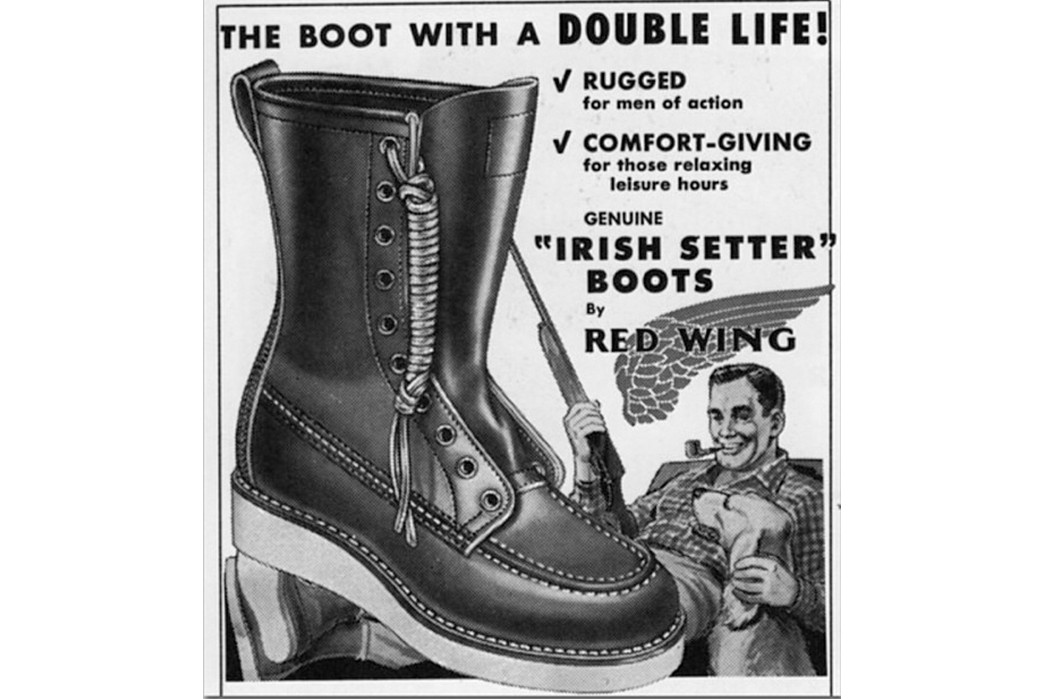
Irish Setter Ad. Image via Pinterest.
One of Red Wing‘s most beloved boots are its Irish Setter boots, which were the first to use the now-iconic moc-toe (moccasin-toe) design. Named after the coat of the this famous hunting dog of the same name, the Irish Setter boots were primarily for outdoor activities.
The puckered toe, in this context seems a purely aesthetic choice, while the Red Wing 875 had more of a purpose. The Red Wing 875 shared many of the design attributes of the hunting boot, but was shorter and marketed to those in manufacturing jobs. The raised toe would have served as a protective device in this context, keeping falling materials from the factory line from ever hitting the wearer’s actual toe. Whatever the reason, many workboots adapted the puckered toe that was popular in casual footwear like the aforementioned loafers.
The Toe, The Sole… The Bastardized Modern Moc
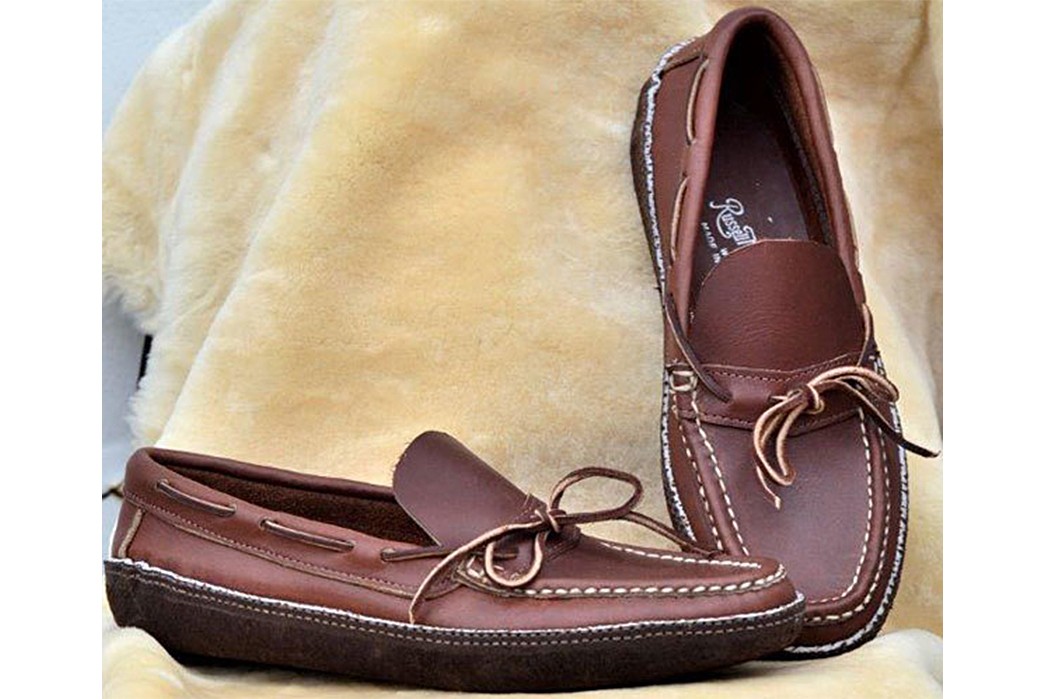
Modern Moccasins. Image via Russell Moccasin.
Moccasins are still widely available, but many of the current models draw more inspiration from the heritage boots and shoes we often see on Heddels than the original hand sewn deer-hide models worn since pre-history. Soft-soled moccasins are available, such as those from Minnetonka Moccasins, but for the most part, they reflect a more recent trend of boating shoes and penny loafers, with an indigenous twist.
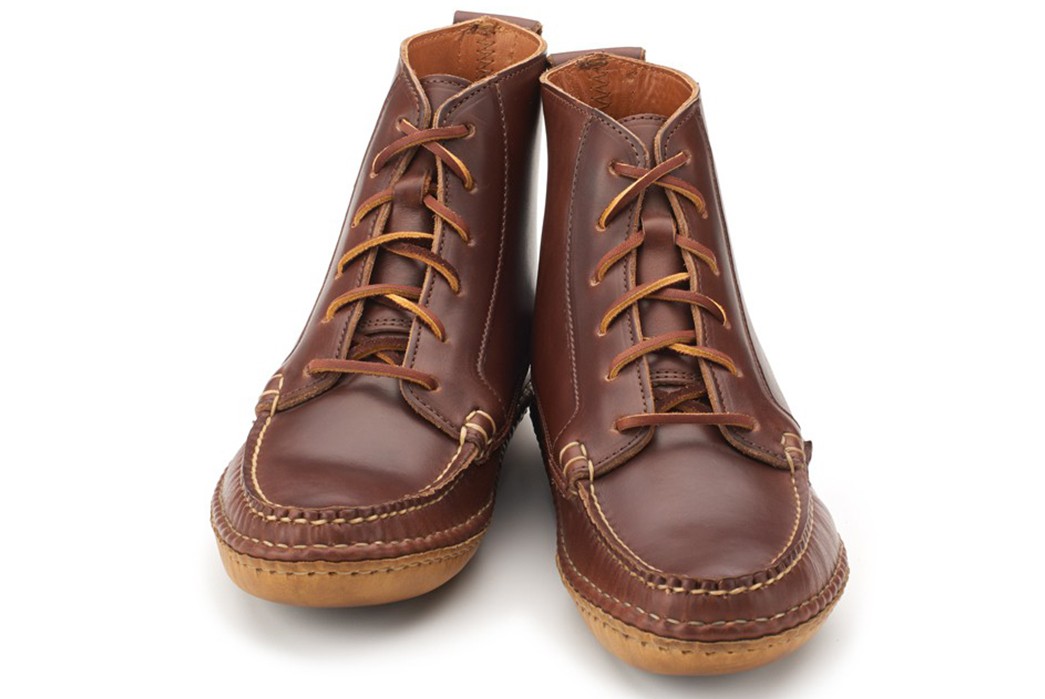
Rangeley Boot Moc. Image via Rancourt and Co.
The Rangeley Boot Moc from Rancourt & Co. features many of the details that one tends to equate with the original moccasin. The toe, the supple sole, but it updated into a more modern workwear-y boot that could satisfy a larger swath of the menswear market. Made from a Horween Leather upper and a 10 oz. chromepak sole, this boot is sewn by hand and made-to-order.
Available for $350 from Rancourt & Co.
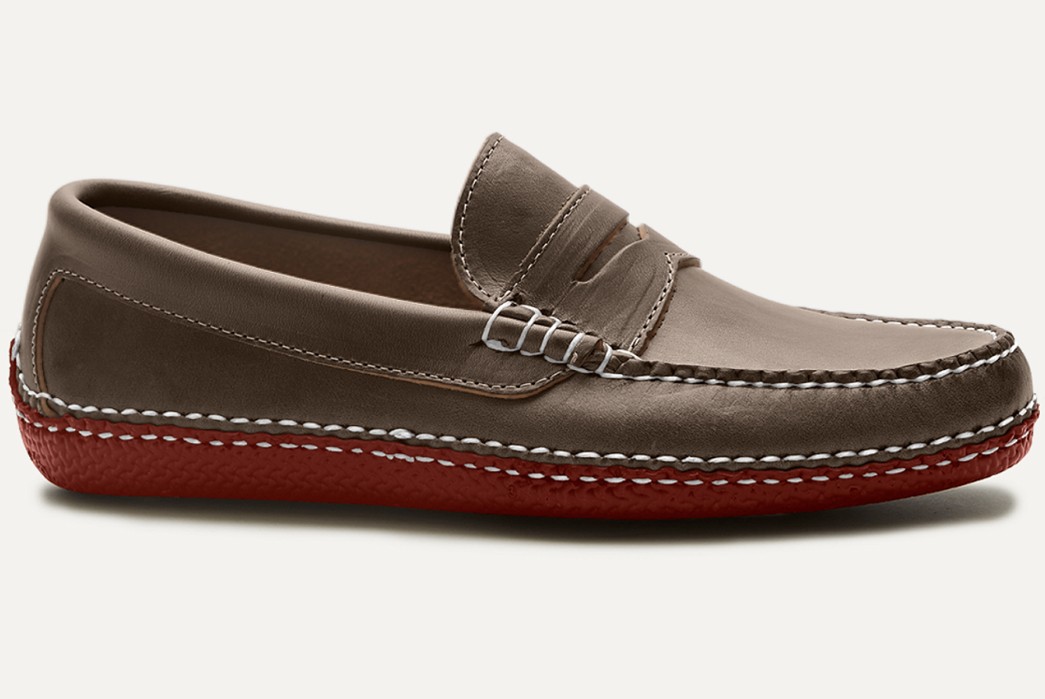
Quoddy Penny Moc. Image via Quoddy.
Where the first penny loafers from G.H. Bass may have hinted at Native American origins, this moc from Quoddy goes a step further. They use a pliable Goodyear sole, much more alike the original moccasins than the hard soles used in Weejuns.
These too are made-to-order and available from Quoddy for $375.
The Final Say
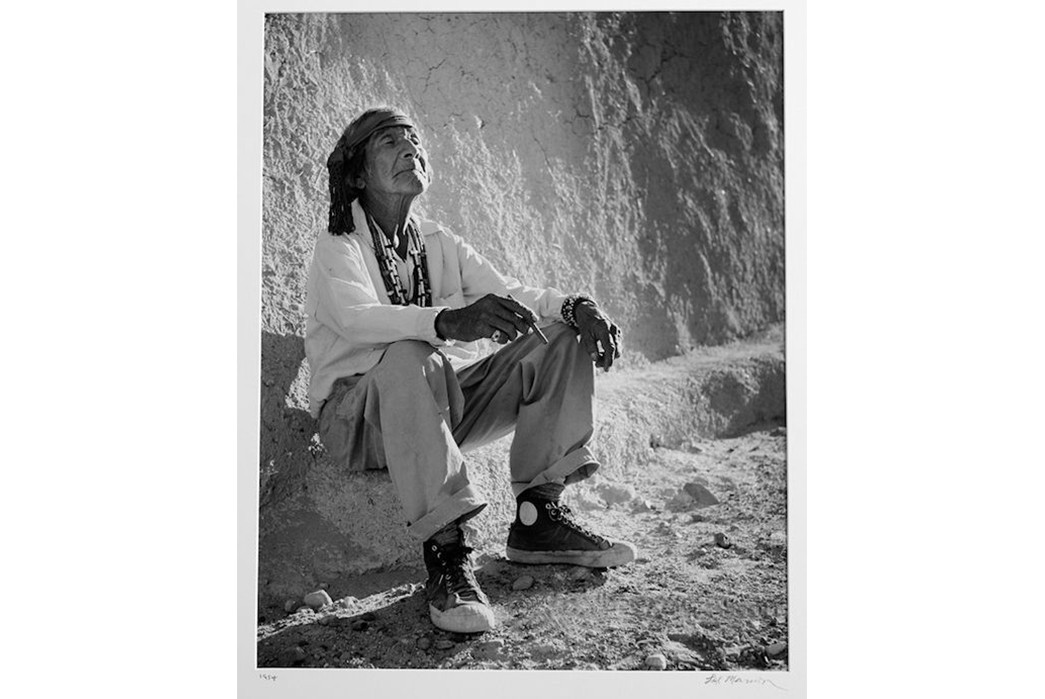
“The White Man’s Moccasins.” Photograph by Lee Marmon.
The original American footwear, the moccasin and its many variations across the continent, were for centuries the golden standard in footwear. Despite their durability and comfort, they were mis-named and misunderstood by arriving white settlers. They live on, if only in subtle design elements in modern dress and in your favorite Red Wings.

